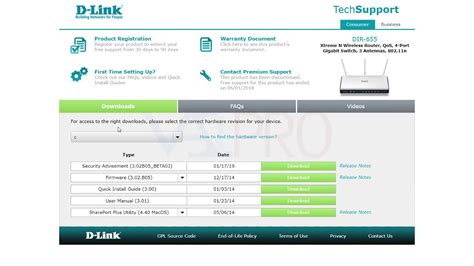Another major security flaw has been unearthed in D-Link routers, shining a stark light on continued vulnerabilities in consumer networking equipment. An undisclosed factory testing backdoor has been revealed to provide unauthorized telnet access, allowing unauthenticated attackers on the local area network to enable the telnet service by simply accessing a specific URL. This revelation has sparked a heated debate within the security community and brought to the fore questions about the accountability and practices of consumer hardware manufacturers.
From observing various comments within the cybersecurity community, there’s a clear divide on what these vulnerabilities signify about D-Link and perhaps the broader industry’s practices. Some argue that the presence of this backdoor is evidence of malicious intent, possibly hinting at the involvement of state actors. As one commenter aptly noted, if a state actor has access to your LAN, the game is already lost; they would hardly need such a crummy exploit for a cheap consumer router. Such a wide-open entrance granted by a specific URL and recoverable administrator credentials from firmware suggests this might be the work of hackers rather than a strategic state-sponsored tactic. It’s a notion that stirs not just paranoia but also a reasonable suspicion in an era where digital sovereignty is visibly compromised.
‘On the other side of the coin,’ we see arguments more grounded in the lens of corporate realism. Some professionals in the field lean towards attributing this lapse to poor development practices and cost-cutting measures. This interpretation is encapsulated well by the idea that D-Link doesn’t have any reason to maintain high levels of competence; their immediate profit margins from low-cost hardware don’t enforce strict security protocols. Hanlon’s razor, the principle that one should never attribute to malice that which can be explained by stupidity, seems fitting here. It’s conceivable that oversight and insufficient security testing led to the negligence that left consumers exposed to significant risks.
One perspective worth considering is the vendor’s chronic behavior. Historically, the consumer router market has been plagued with repeated vulnerabilities, highlighting a systemic issue across the industry. Even reputable brands like Cisco have been implicated in serious flaws, as discussed in this blog post here. The lack of robust security auditing and continuous reliance on outdated practices make it almost predictable that manufacturers will repeat these mistakes. As one commenter pointed out, if there’s a high rate of employee turnover and deficient internal processes, it’s likely that successive teams will continually relearn the same lessons, only to be highlighted when incidents such as these are uncovered.
A striking alternative put forward within the community discussion concerns shifting towards open-source solutions. Proponents argue that using open-source firmware like OpenWRT can provide significant security improvements and features, empowering users to manage their hardware more effectively and sustainably. Running open-source software on routers mitigates the immense risks posed by abandoned proprietary firmware, which often lacks ongoing security updates. As emphasized by experts, ensuring your hardware supports open-source firmware might be one of the finest protective measures you can adopt. With open-source solutions, there are more eyes on the code, reducing the likelihood of undiscovered backdoors and making security patches more promptly available.


Leave a Reply